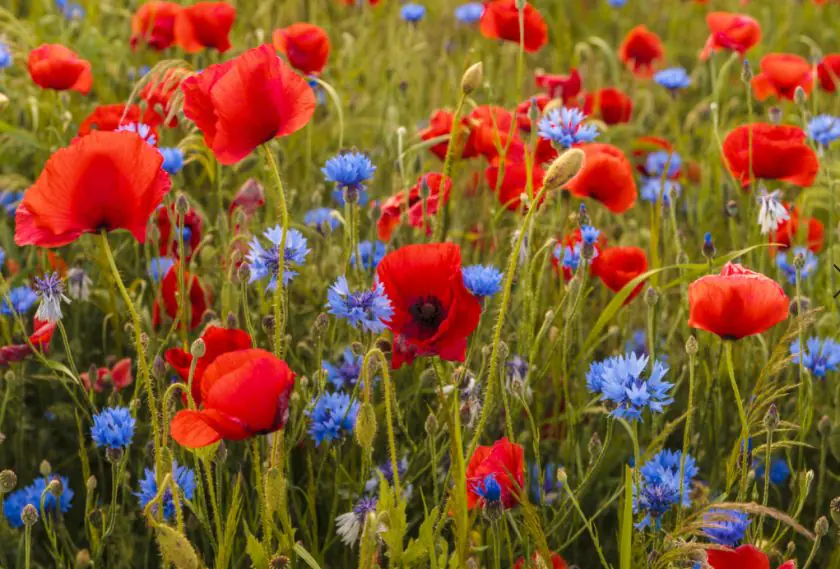Can I sow wildflowers in winter?

Sowing wildflower seed in colder months
The main reason for sowing wildflowers in autumn is to get a spring show of wildflowers. Sowing the seeds later in the year will also result in a later showing next spring. Additionally, colder temperatures in autumn also help to kickstart your wildflower seeds germination thanks to a process called ‘stratification’. And since our wildflower seeds are kept in cold conditions all year round, this step is already complete. This means that if you do the prep work and if the temperatures are ideal, then you can expect success when you sow wildflowers in winter.
"So, how do I successfully sow wildflowers in winter?”
There are a few things to consider before you begin sowing, and they are critical to germination success. Temperature, soil quality and the seed mix you choose are vitally important for seed sowing at this time of year.
Some wildflower mixes contain grass seed, and they require temperatures of 8-10 degrees and above to germinate. For this reason, we recommend you avoid sowing mixes containing grass if temperatures drop below 8-10 degrees.
If you plan to sow a mix consisting of 100% wildflowers in winter, such as our Annuals or Meadow Magic, you should then consider how they will establish. Be aware that the success of your wildflower establishment will depend on the prep work carried out beforehand.
Prepare your soil before sowing your seed
By this, we mean you should remove all grass, weeds and flora from the area where you plan to sow. You should also ensure that your soil is not compacted. By not being compacted, your soil enables good seed-to-soil contact.
Preparing your soil can be difficult if the ground is frosty or frozen or if you have clay soils that often get wet and boggy in winter. This prep work is essential to successfully establishing your wildflowers in these conditions. And you will be giving your wildflowers the best opportunity for growth.
You should also check the weather for forecasted frost, ice or snow before planning to sow in winter. If temperatures are mild and you are confident you can do your prep work before snow sets in, then aim to sow your wildflower seed for a late spring / early summer showing.

Avoid sowing in clay soils in winter
Clay soils can become very wet and marsh-like during the winter, making them difficult to work with and prepare. In addition, any seeds sitting in water for a long period of time will become saturated, will rot and may not germinate. If you have clay soils then avoid sowing wildflower seed in winter. It would help if you waited until they dry out and become easier to prepare.
We mentioned this before, but we cannot stress enough, please avoid sowing wildflower mixes containing grass unless temperatures exceed 8-10 degrees.
If your local area is experiencing frosts, frozen ground or snow this winter, then also avoid sowing. It is better to wait until the ground warms up again. The soil will also need to be loose to ensure good seed-to-soil contact.

In summary, if you want to sow wildflower seed in winter here's what you should consider:
- Check the weather where you are - avoid sowing if frost or snow is forecast
- Make sure you will be able to prep the area
- Ensure that grass and weeds are removed and that your soil is not compacted
- If you have clay soils that are typically wet and boggy in winter, avoid sowing as seeds may rot
- If the weather is mild, your soil is prepared, and you do plan to sow
- Sow a 100% wildflower mix (mixes that contain grass will need temperatures of 8-10 degrees and above to germinate)